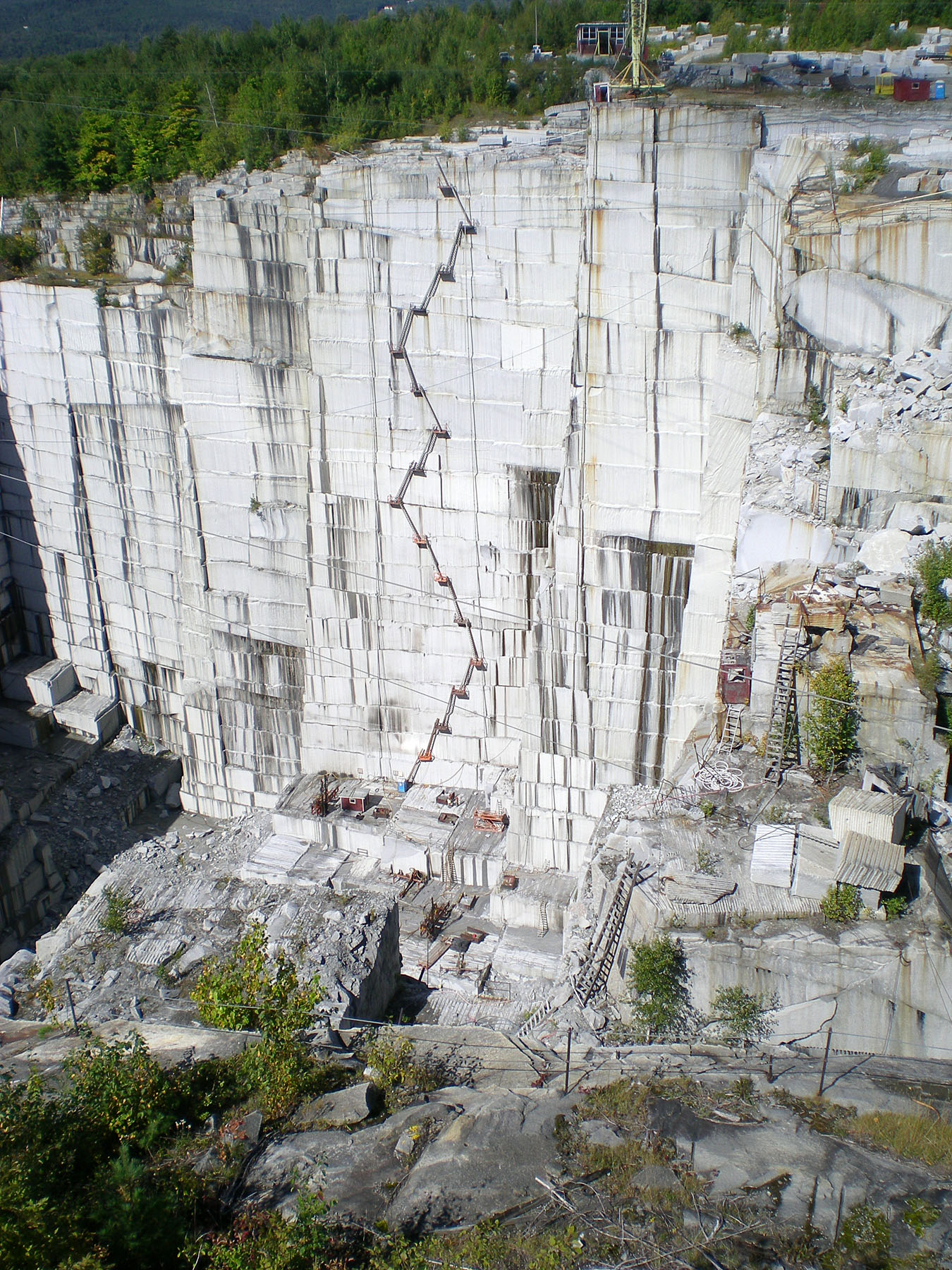A Journey Via Granite Quarries in South Africa: Unveiling Nature's Virtuosity
A Journey Via Granite Quarries in South Africa: Unveiling Nature's Virtuosity
Blog Article
Unveiling the Mysteries of Granite Quarrying: Where Strength and Elegance Meet
The globe of granite quarrying is a world where the raw strength of nature converges with human artistry to create frameworks that stand the test of time with an air of elegance. From the midsts of quarries to the precise polishing in workshops, the procedure of transforming granite right into building marvels is an intricate dancing of practice and advancement. As we peer right into the depths of this ancient craft, we start to uncover the concealed intricacies that shape the extremely significance of our built environment.
The Origins of Granite Quarrying
In the annals of building background, the origins of granite quarrying are shrouded in a tapestry of ancient craftsmanship and geological wonders. Dating back to ancient Egypt and Mesopotamia, the removal of granite from quarries marked the beginning of a trip that would eventually cause the creation of several of the world's most iconic structures.
Granite quarrying's origins can be traced to the knowledgeable artisans that recognized the rock's durability and visual allure. Via a mix of primitive devices and sheer determination, these very early quarry workers uncovered granite blocks that would become the structure blocks of civilizations.
As worlds advanced, so did the strategies of quarrying granite. The Romans, renowned for their design prowess, established sophisticated approaches for removing granite to build monuments, temples, and roads that stood the test of time.
The legacy of these old quarrying techniques continues to shape modern-day architecture, with granite continuing to be an icon of strength and sophistication in construction projects around the globe. (granite quarries in south africa)
Tools of the Quarrying Profession
The evolution of granite quarrying methods from old human beings to contemporary times highlights the important function played by the tools of the quarrying sell forming the sector's techniques. In ancient times, quarrying tools were primary, commonly including knives, hammers, and wedges made from products like bronze or iron. These tools needed significant manpower and time to extract granite obstructs from quarries.

In addition, the intro of pneumatic tools and high-powered machinery has significantly lowered the physical labor required in quarrying procedures, boosting employee safety and performance. As the quarrying market continues to innovate, the devices of the trade stay at the center of driving progress and shaping the future of granite removal.
Drawing Out Blocks of Granite
Making use of precision machinery and progressed methods, the extraction of granite blocks from quarries has actually come to be an innovative procedure in the modern-day quarrying market. The first step involves recognizing the place and size of the granite deposit to establish the most reliable extraction technique. As soon as a suitable site is chosen, the removal procedure begins with the exploration of holes for the placement of dynamites. Controlled blowing up techniques are after that utilized to disintegrate the granite into manageable areas.

Polishing and Finishing Strategies
To accomplish a perfect surface area on granite blocks, competent artisans utilize a collection of meticulous polishing and ending up strategies. After the preliminary extraction and shaping processes, the granite blocks undergo a detailed sprucing up stage to enhance their all-natural charm and durability. One typical approach utilized in polishing granite is ruby abrasion, where industrial rubies are used to grind and polish the stone to a smooth finish. This process not only produces a glossy surface area but additionally ensures harmony in shade and appearance throughout the granite block.
Along with sprucing up, finishing techniques are applied to further improve the granite's look. These methods might consist of flaming, sharpening, or cleaning, each offering one-of-a-kind textures and surfaces to fit various visual preferences. Flaming, for instance, includes revealing the granite surface to high temperatures to create a rough, distinctive surface, suitable for outdoor applications where slip-resistance is necessary. Honing, on the various other hand, offers a matte surface that is smooth to the touch, excellent for indoor counter tops and flooring. By very carefully picking and applying these brightening and completing techniques, craftsmens can transform raw granite obstructs right into exquisite items that display both strength and sophistication.

Environmental Impact and Sustainability
With the growing emphasis on environmental consciousness in the sector, granite quarrying techniques are increasingly looked at for their influence on natural deposits and long-term sustainability. Quarrying for granite can have considerable environmental implications. The removal procedure typically entails the use of heavy machinery, explosives, and big quantities of water, resulting in environment devastation, dirt disintegration, and water contamination. Furthermore, the transportation of granite from quarries to refining centers generates carbon emissions, further adding to ecological degradation. granite quarries in south africa.
To reduce these effects and ensure sustainability in granite quarrying, industry stakeholders are here embracing different procedures. Carrying out innovative technologies to decrease energy consumption and water use, redeeming quarried land for ecological reconstruction, and advertising accountable sourcing techniques are some strategies being used. In addition, certifications such as the Woodland Stewardship Council (FSC) and the Management in Power and Environmental Design (LEED) assistance customers identify eco friendly granite items.
Final Thought
In verdict, granite quarrying is a procedure that calls for specialized devices and techniques to extract blocks of granite and polish them to a high degree of surface. While the environmental effect of quarrying can be significant, efforts are being made to boost sustainability techniques in the market. On the whole, granite quarrying is a delicate equilibrium between taking advantage of the stamina and style of this natural rock while lessening its influence on the setting.
Report this page